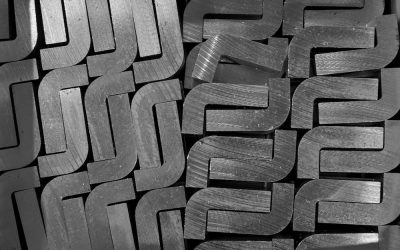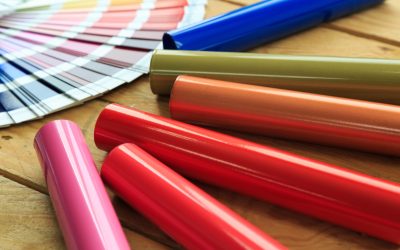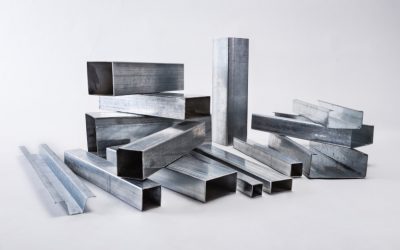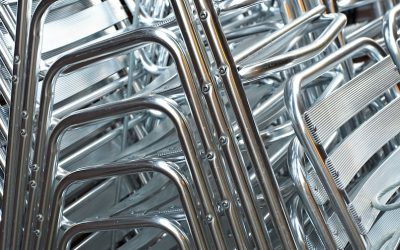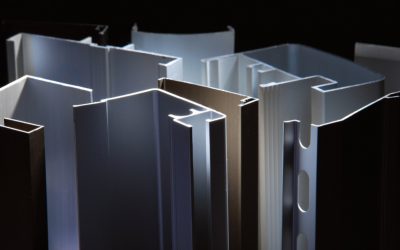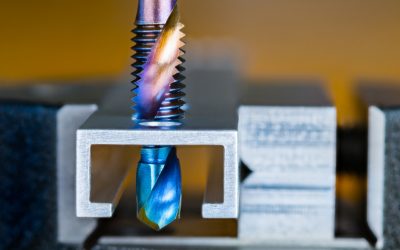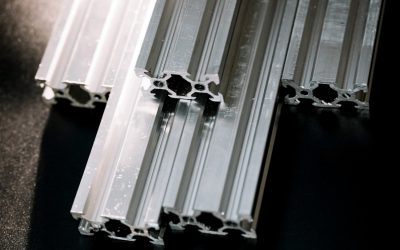Blog - Aluminum Extrusion Articles
Articles on Topics Such as Finishing, Alloys, and MoreAll Categories
7075 Aluminum: Get to Know its Properties and Uses
Alloy selection is important for extrusion projects, and in the aerospace industry, the 7075 aluminum alloy is commonly used. With zinc as it’s primary alloying element, it is exceptionally strong. A member of the 7000 series, it is one of the strongest alloys...
Pretreatment of Aluminum Extrusions: What You Need to Know
So, you’re thinking of painting or powder coating your extrusions. That’s great! These finishes can give you a range of bright, vibrant colors, and they’ll make your project more visually appealing. The last thing you want, though, is for your finish to not...
Is Liquid Paint the Best Finish for My Aluminum Profiles?
When deciding on the right finish for your aluminum profiles, there are a number of things to consider. You have to keep in mind how the extrusions will be used. And you also need to decide whether to put more weight on appearance or corrosion protection. Liquid...
Category: Aluminum Finishing
Extrusions can be finished in a variety of ways, including by anodization, powder coating, painting, sublimation, and so on. This series of articles takes a look at the different options available as well as their benefits and drawbacks.
No Results Found
The page you requested could not be found. Try refining your search, or use the navigation above to locate the post.
Category: Aluminum Alloys
Profiles can be produced in a variety of alloys and some of the most common include 6061, 6063, 2024, and 7075. This series of articles takes a look at some different alloys, focusing on their properties and applications.
2024 vs. 6061 Aluminum: Which is the Right Choice for Your Project?
The wide variety of aluminum alloys available on the market is enough to make your head spin, particularly if you need to decide which alloy is the best fit for a specific project. Many design engineers choose aluminum alloys because of their high strength-to-weight...
What are the Best Aluminum Alloys for Bending? Here are 3 Options
Bendability often plays a significant role in determining which materials a product designer can use in their product. Although bending may seem like a simple processing step, not all materials bend easily. Bendability, which indicates how easily you can bend a...
6061 vs. 6063 Aluminum: Which Alloy Should You Select for Your Project?
Aluminum alloys 6061 and 6063 are two of the most common for extrusion. They have applications in aerospace, construction, transportation, recreational products, and numerous other industries. They share many similar properties, making it difficult for some designers...
Category: Aluminum Heatsinks
Heatsinks are important in electronics manufacturing because they dissipate the high heat that is sometimes generated. Extrusion is the most common method of heatsink manufacturing. Here are some important considerations.
No Results Found
The page you requested could not be found. Try refining your search, or use the navigation above to locate the post.
Category: Why Aluminum Extrusions?
Extrusions have played an increasingly important role in modern product design. These articles explore some of the reasons why and provide tips for designers who may be considering their use.
Can You Powder Coat Aluminum? Is it the Best Finish for Your Product?
Yes, you can powder coat aluminum! In fact, powder coating is one of the most popular aluminum surface finishes for a wide range of products. It provides additional durability to bare aluminum surfaces and comes in a wide range of eye-catching colors. Here we...
What are the Pros and Cons of Aluminum’s Material Properties?
Aluminum is an excellent material that brings a lot of valuable qualities to the table. Its unique combination of properties makes it the most popular non-ferrous metal in the world today. And it's also often compared to the world's most widely used group of metals,...
What are Aluminum Extrusions Used For? Are They a Good Choice for Your Product?
To those who aren’t familiar with aluminum production and manufacturing, aluminum extrusion may seem like a specialized industrial process. Something that isn’t very relatable to the average person. But we are surrounded by aluminum extrusions every day, at home, at...




